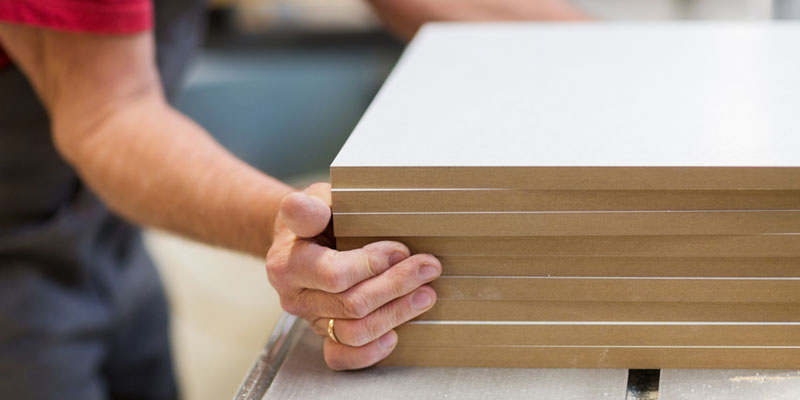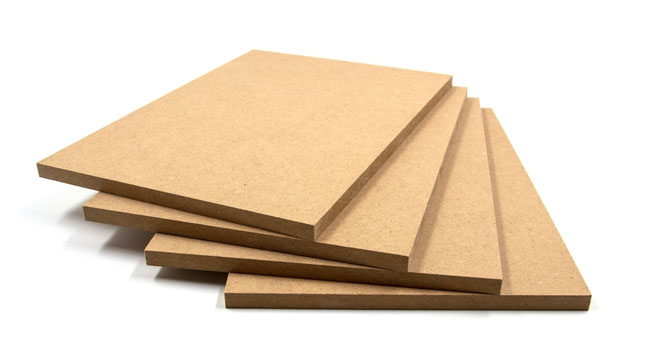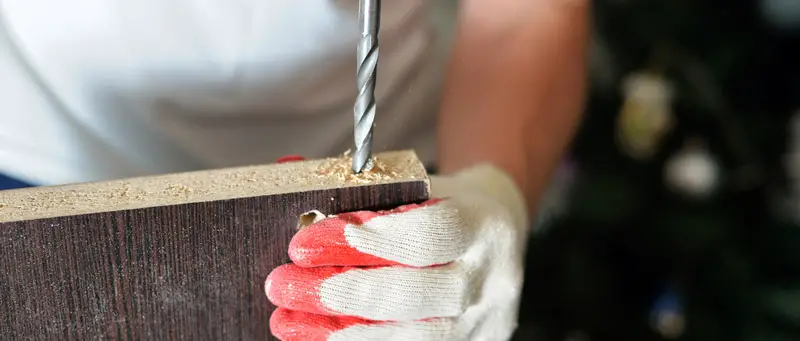Trying to soundproof your wall is not an easy endeavor, and you shouldn’t take it lightly. There are a plethora of materials to pick from, from MDF to drywall. This makes the decision process a bit overwhelming, especially if you know little to nothing about soundproofing.

Hence, many people ask, “is MDF good for soundproofing?”
The short answer is yes. MDF is an excellent soundproof material. Thanks to its right mass, this material delivers a similar result to drywalls. Sadly, it has some drawbacks worth considering before you make your choice.
Read on to find out what MDF is, what it is best used for, and the downsides of choosing this material.
What is the MDF Board?
Medium-Density fiberboard, MDF, is one of the engineered wood out there with impressive versatility. This material can be used in any setting, from commercial to residential. It’s not hard to find any space without the interiors or furniture being made with MDF.

This material has earned its place in the woodworking and construction fields. It’s a decent alternative to plywood – coming from fast-depleting and valuable wood sources.
On the flip side, MDF is a by-product of a blend of woods, which means you don’t have to worry about your soundproof material coming from endangered wood species. This material is made with fine wood fibers from several types of wood. However, resin and wax are used to combine the resulting fiber from the defibrillator to form a solid sheet with the desired thickness.
There are several benefits the MDF has over solid wood. It’s an environmentally and budget-friendly substitute for natural solid wood. Also, it has a higher resistance to certain harsh conditions, making it durable and rugged.
MDF & Soundproofing
MDF can absorb sound, thanks to its randomly laid-out fibers cutting in any direction. Its scattered grain structure offers a smooth-to-the-touch surface capable of blocking off sound, making them a go-to for making soundproof enclosures for pumps, speaker boxes, or generators.

The MDF is also excellent for offices, apartment buildings, and studio walls. They are denser than most options, including plywood and OSB (Oriented Strand Board). This fantastic material keeps the noise away for a serene, whisper-quiet environment.
Pros & Cons of MDF
The Medium Density Fiberboard is known for its excellent soundproofing capabilities due to its thickness, high density, and STC rating. Considering its characteristics, MDF can effectively absorb all sound frequencies, which is something most of its alternatives struggle to achieve. Hence, it’s easy to answer your question – is MDF good for soundproofing?
Even better, MDF has just about the same mass as drywall and will deliver similar soundproofing results. Similarly, these boards are suitable for thermal insulation, which means you can easily keep the noise and heat out of your space.
It’s easy to cut and use. More so, it’s an economical option and environmentally-friendly solution since it’s made by recycling wood instead of fast-depleting valuable wood. Even better, it does not come with defects such as cracks and knots. Also, you can apply any color to the material and laminate to match and add exciting visuals to your space.
However, it’s marred with some downsides worth considering before choosing.
To start with, this material tends to absorb water quickly, even in between two drywalls. Another issue you might deal with is a fire hazard. This material will burn quickly, except it has been treated with fire retardants.
What’s more? It’s not as strong as natural solid wood, which means it has a shorter life span. Plus, it tends to split and crack stress.
That’s not all: they are a bit heavier than drywall, which is one of the reasons using the MDF might spell trouble. Lastly, this material is made of wood fibers glued using resins known to emit Volatile Organic Compounds or VOCs – an indoor pollutant.
Best Ways to Use MDF for Soundproofing
Medium Density Fiberboard (MDF) is a commonly used material in soundproofing due to its density and cost-effectiveness. The best way to use MDF for soundproofing is by using it as a component of a layered wall system. This involves adding layers of different materials, including MDF, to create a barrier that effectively blocks out sound. Typically, the MDF layer is sandwiched between two layers of drywall or similar materials.
In addition to being used in layered walls, MDF can also be used in constructing soundproof boxes or enclosures for loud equipment like generators or compressors. It’s important to note that while MDF alone can block some sound, it should be combined with other soundproofing materials such as mass-loaded vinyl (MLV), green glue, or resilient channels for optimal results. These help reduce the transmission of airborne noise and vibrations, which contribute significantly to noise pollution.
So, is MDF Good for Soundproofing?
This board has every characteristic to help absorb nearly all sound frequencies. MDF can also double nicely as a thermal insulator. This fantastic material has the right thickness to prevent sound from traveling through it.
This engineered wood is cost-effective and durable, perfect for exterior and interior applications. Medium-density fiberboard is versatile and would work well with many projects. Above all, you can beautify this board to add style and elegance to your studio, room, apartment, or commercial establishment.
Related Resources:
